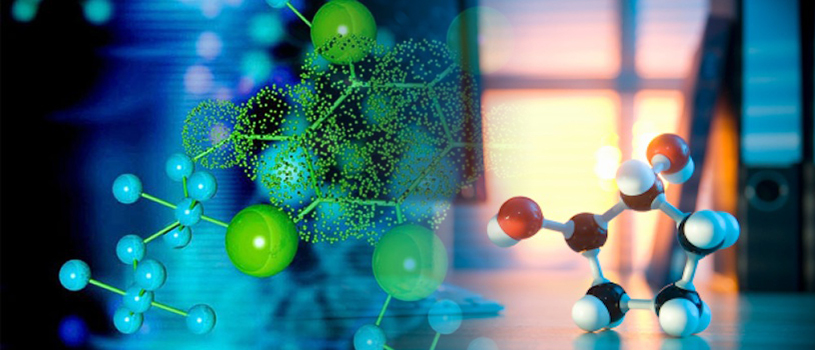
Physicists say they've found evidence in data from Europe's Large Hadron Collider for three never-before-seen combinations of quarks

XENON1T data from 2017-2018 has revealed an unexpected excess of low-energy interactions with the xenon’s electrons, more than the Standard Model of particle physics would predict.

The IceCube detector, located at the South Pole, has now confirmed a part of the Standard Model of physics, which describes the properties of fundamental particles and their interactions.

By comparing standard theory and experiment, they show a discrepancy which can indicate new physics.

The most precise measurement ever made of the current rate of expansion of the Universe has been achieved by physicists in the US, and there's a problem: the Universe is expanding 8 percent faster than our current laws of physics can explain.

Recent results from the Large Hadron Collider (LHC) in Switzerland hint at activity going on beyond the standard model of particle physics - which means we could finally be about to enter a new era in physics.

Yesterday and today I have been spending time in Rome together with 600 Italian colleagues, at a symposium named "What Next". The idea is to discuss what should be the strategy of the institute to participate and support basic research in fundamental physics in the next few decades.